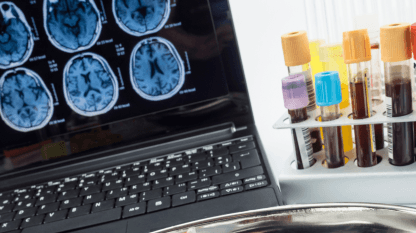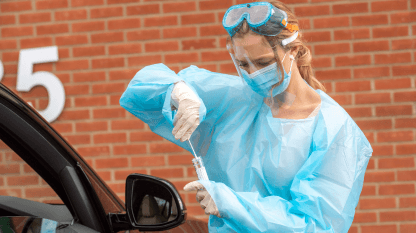Overview
After a major merger, a national pathology laboratory faced challenges in managing and reporting operational and financial data due to disparate Laboratory Information Systems (LIS) across multiple locations. Their legacy LIS also lacked the flexibility needed to support their new strategy. To solve these issues, we partnered with the lab to implement a Smart Lab Order Workflow System, establishing a Single Source of Truth for all operational and financial data while streamlining reporting and improving system flexibility.
Challenge
Post-merger, the pathology lab was dealing with multiple LIS systems, which made centralizing reporting a complex task. They needed a solution that could:
Create a centralized, unified data system.
Support flexible workflows and reporting across multiple locations with different LIS systems.
Allow for seamless error handling and integration with their CRM system.
The legacy LIS infrastructure couldn’t support the lab’s new operational strategies, so we were brought in to develop a solution that would provide the necessary flexibility and scalability for their future growth.
Approach
Our team implemented a custom Workflow Engine, capable of ingesting HL7 messages, managing errors, and integrating with the lab's CRM. This served as the primary system for operational and financial data management across all locations. Key modules included:
Data Ingestion Module: This module ingested data from LIS and billing systems—encompassing orders, patient and provider details, locations, and claims—storing it in a central repository to provide a Single Source of Truth.
Data Transformation Module: This module transformed raw order and claim data into analytical models for quick access to reliable, consolidated reporting, enabling seamless export to CRM systems.
Provider and Patient Portals: Integrated portals offered unified access to patient and provider information within the CRM, centralizing interactions and data flow.
Solution
The Smart Lab Order Workflow System delivered a robust, scalable data infrastructure, including:
HL7 Message Ingestion: Enabled efficient processing of operational data.
Centralized Data Repository: Consolidated all operational and financial data, simplifying reporting.
System Agnostic Platform: Allowed each lab location to retain its LIS system while centralizing data for unified reporting and analysis.
Advanced Error Management: Enhanced flexibility for error handling, supporting the lab’s operational evolution and minimizing system disruptions.
Impact
Implementing the Smart Lab Order Workflow System resulted in several significant benefits for the lab:
Centralized Reporting: The lab now operates with a Single Source of Truth, streamlining data management and reporting.
Enhanced Flexibility: The system supports the lab’s post-merger strategy, enabling locations to maintain existing systems while centralizing data.
Operational Efficiency: Improved workflows and CRM integration increased data management efficiency, supporting better decision-making and operational performance.
Problems Solved
Fragmented Systems: Multiple LIS systems previously hindered centralized reporting. Our solution now centralizes data for seamless reporting regardless of the LIS in use.
Inflexible Legacy Systems: The legacy LIS lacked adaptability, but the Workflow Engine now provides the flexibility needed to support the lab’s evolving strategy.
Conclusion
Through the implementation of this Smart Lab Order Workflow System, we provided the pathology lab with a scalable, unified solution for managing operational and financial data. Our system addressed the challenges of fragmented systems and rigid legacy infrastructure, offering a streamlined, adaptable framework aligned with their long-term strategy. With a Single Source of Truth and improved system flexibility, the lab is now well-positioned for future growth and operational success.



